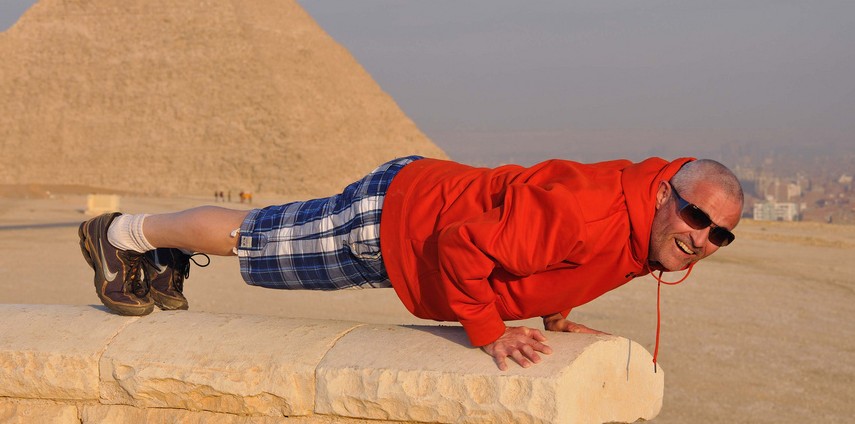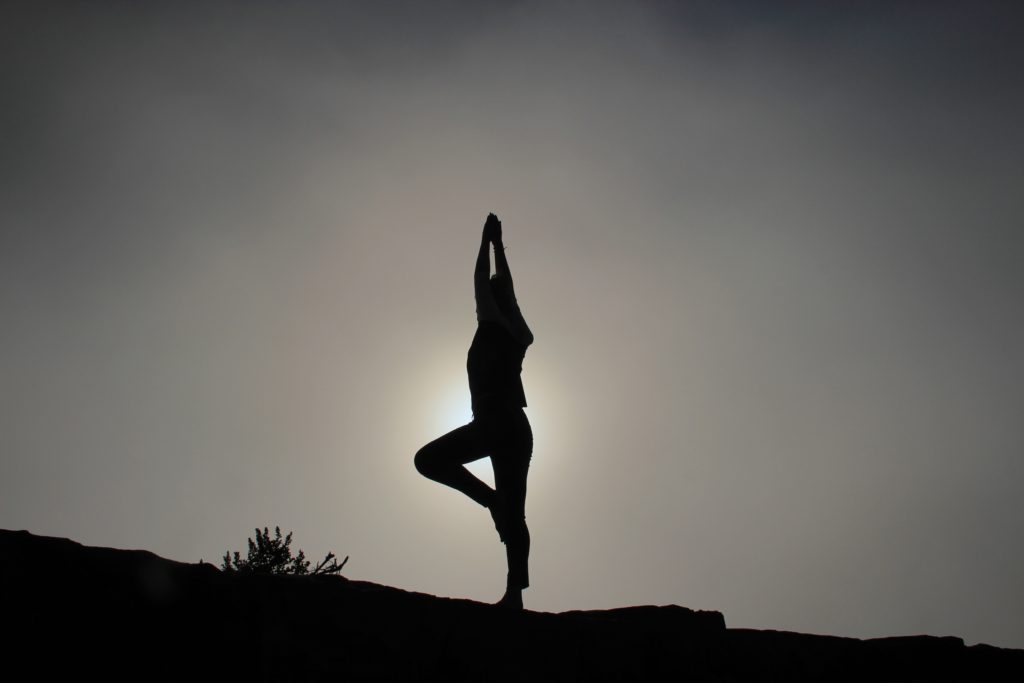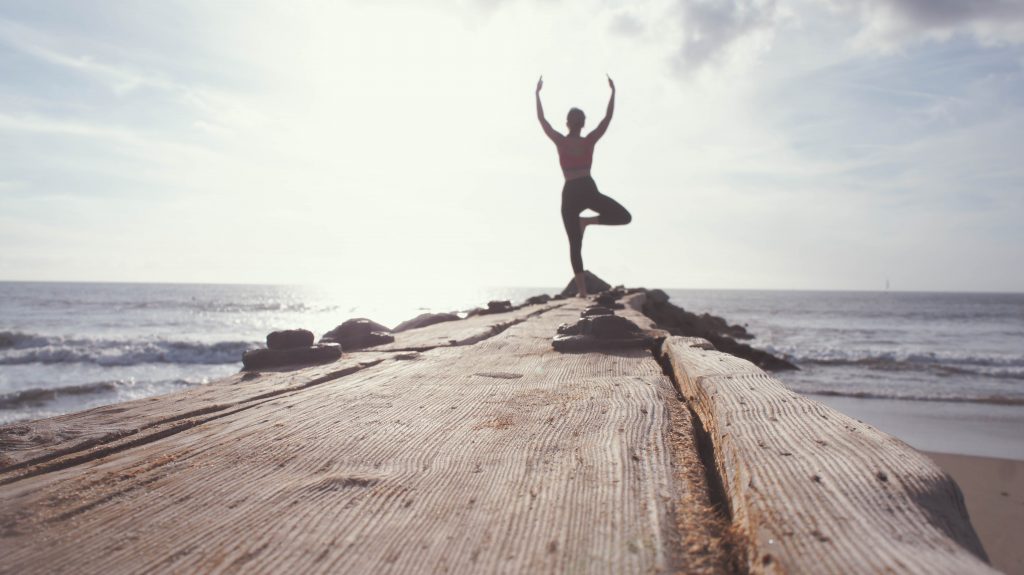
Why Plank Pose Beats Sit-Ups For a Strong Core
Fitness articles are full of gadgets and equipment to exercise our core and abdominal muscles. It’s important to know, however, that working the abdominals is not enough to have a strong core. Our core consists of more than just the abdominal muscles; it includes the muscles and joints from our chest and upper back and everything down to the pelvic regions, buttocks and hamstrings. So rather than focus on one body part during an exercise, it can be advantageous to multitask and work all of those muscles with one exercise.
Regardless of your age or fitness level, a plank is the best way to proceed if you want to develop core strength.
A plank pose is the ultimate exercise to safely develop core strength. While there are various forms of a plank exercise that work the core from various angles, the benefits of a plank are numerous. First, a plank is stationary, which keeps the spine and body safe and neutral. For people with spinal injuries such as herniation, stenosis, or more general back pain, this stable position can actually help these conditions improve.
Both the sit-up and crunch is not comprehensive enough to develop core strength. First, they both require the major activation of the hip flexors, which over time can lead to muscle imbalance and potentially hip and back pain. Second, in order to successfully do a crunch or sit-up, you have to flatten your lumbar spine against the floor and contract your abdominals. This action overworks the hip flexors while taking the spine out of its natural alignment. For those of us with lumbar spine injuries, this is the last thing we want to do on a regular basis. A crunch or sit-up only targets the anterior or front of the abdominals, and they don’t focus on the sides and back of our core. So, while a crunch can increase abdominal strength, you shouldn’t rely on it for a complete core exercise.
A plank forces all of the surrounding muscles, such as the legs, arms, shoulders, chest and back, which are often not associated with a strong core, to work. Regardless of which plank position you hold, the majority of your muscles will be activated so that you get a near total body workout.
The key to a good plank is to maintain a straight posture and to tighten all of your core muscles to hold the position still. Here’s a plank progression program from a basic plank (number 1) through 5 other variations. I would recommend beginning with number 1, the easiest, and try holding the position for 3-5 seconds, lower to the ground for a few seconds and repeat 5-10 times.
A plank can be customized to meet the fitness needs of elite athletes or beginners. You can do a full plank or adjust it to be less difficult by using your knees as a pivot or just leaning against a counter top. Regardless of your age or fitness level, a plank is the best way to proceed if you want to develop core strength.
How has shifting to a plank exercise helped you?








